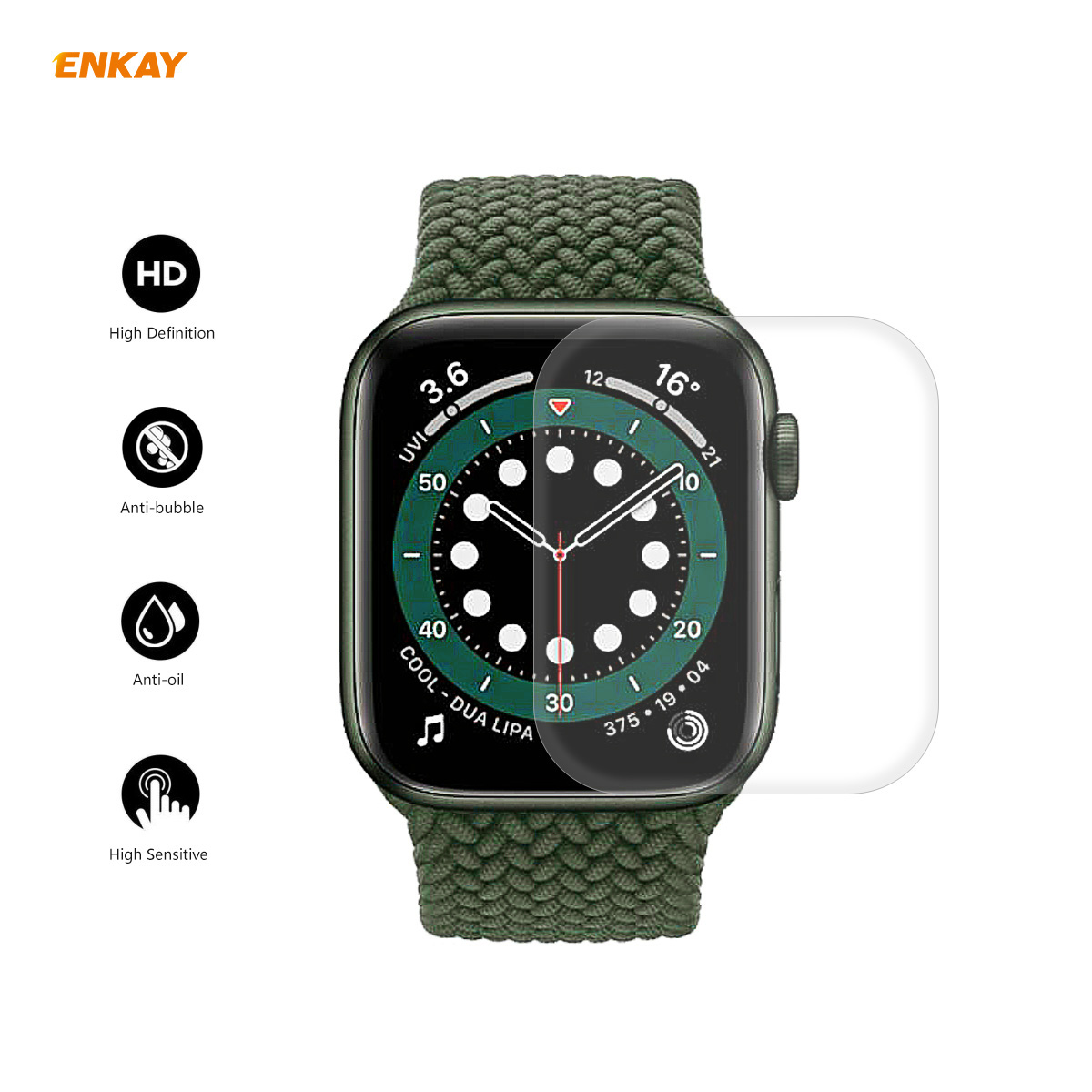

Essentially you send the same portion of your image across two projectors. The first is basically just overlapping two images. So, how does edge blending really work? There’s basically two processes. Essentially, this is what edge blending will accomplish. Much like when you paint a wall, you always overlap your strokes to get as even a coverage as possible. When you place two projectors side by side, the human eye will notice the edge, the mismatched colors, and the split or overlap of the images. Simply put, when you have two projectors lined up next to each other creating one solid image, you will never be able to create a seamless edge without edge blending. We have used all three with varying results. There are numerous ways to handle edge blending including software, hardware, and physical applications. The images in this brochure are samples.We’ve touched on the concept of edge blending before, but have never dived too deeply into the subject matter.Īt it’s basic form, edge blending occurs when you combine (overlap) the edges of two projectors in a multiscreen setup. VESA is a trademark of a nonprofit organization, Video Electronics Standard Association.Īll other trademarks are the property of their respective owners. Trademark PJLink is a trademark applied for trademark right in the United States of America and other countries. HDBaseT and the HDBaseT Alliance logo are trademarks of the HDBaseT Alliance.ĬRESTRON and CRESTRON ROOMVIEW are trademarks or registered trademarks of Crestron Electronics, Inc. in the United States and other countries.ĭisplayPort Compliance Logo is a registered trademark of Video Electronics Standards Association in the United States and other countries. The terms HDMI and HDMI High-Definition Multimedia Interface, and the HDMI Logo are trademarks or registered trademarks of HDMI Licensing Administrator, Inc. Microsoft is a registered trademark or trademark of Microsoft Corporation in the United States and / or other countries. in Japan, the United States and other countries.ĭLP and the DLP logo are registered trademarks or trademarks of Texas Instruments. NaViSet is a trademark or registered trademark of NEC Display Solutions, Ltd. Use caution when picking up the projector immediately after it has been operating.

Parts of the projector become heated during operation. *The projector can be unplugged during its cool down period after it is turned off.The PX1004UL is categorized in the risk group 2 of IEC62471-5: 2015. *The laser module is equipped in this product.*Do not stare into the lens while in use.*The values in the table are design values and may vary.*For a stack installation, the recommended projection distances will be different.*Stated projection distances are standard values from lens or mirror surface to screen centre.These specifications and the product’s design are subject to change without notice. *5:Depending on the altitude and temperature, the projector goes into “Forced ECO MODE”.*3:This is the light output value that results from setting the to and setting the to while using the NP18ZL lens (sold separately).*2:Time at which the laser light source is at half brightness not a guarantee time.*1:Effective pixels are more than 99.99%.Operating temperature: 5 to 40☌*6, operating humidity: 0 to 80% RJ-45 × 1, ( supports 100BASE-TX), shared with HDBaseTĥ V / 10 mA, synchronized signal output for 3D use Type A 19-pin HDMI® connector with HDCP ( V1.4 ) × 1 display resolution ( horizontal × vertical )Īnalog: 1,920 × 1,200 ( with Advanced AccuBlend) /ĭigital: 4,096 × 2,160 ( with Advanced AccuBlend) C / W type ( DLP), colour separation by colour wheel Ĭontrast ratio *4 (all white / all black)ġ0-bit colour processing ( approx.


 0 kommentar(er)
0 kommentar(er)
